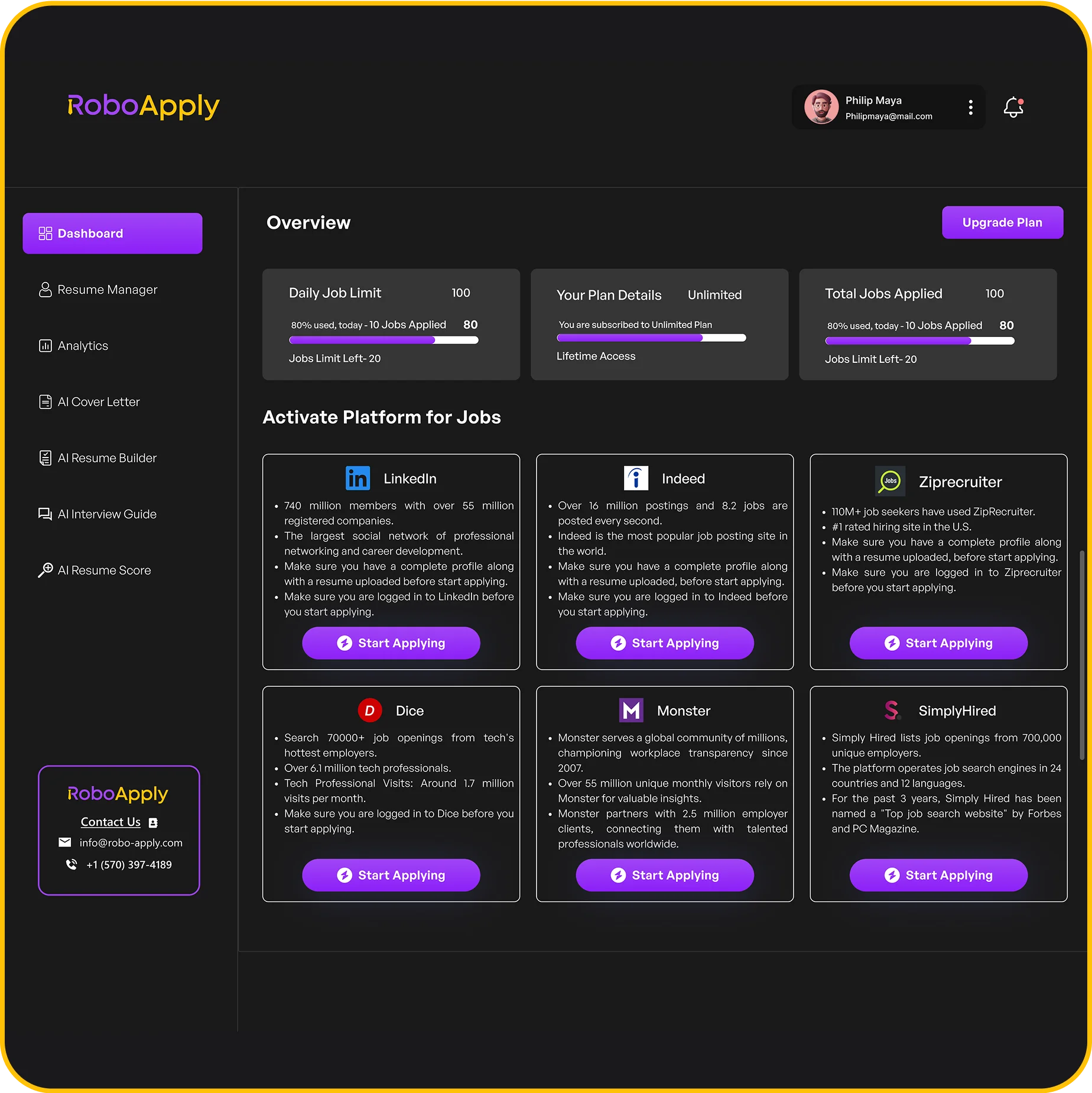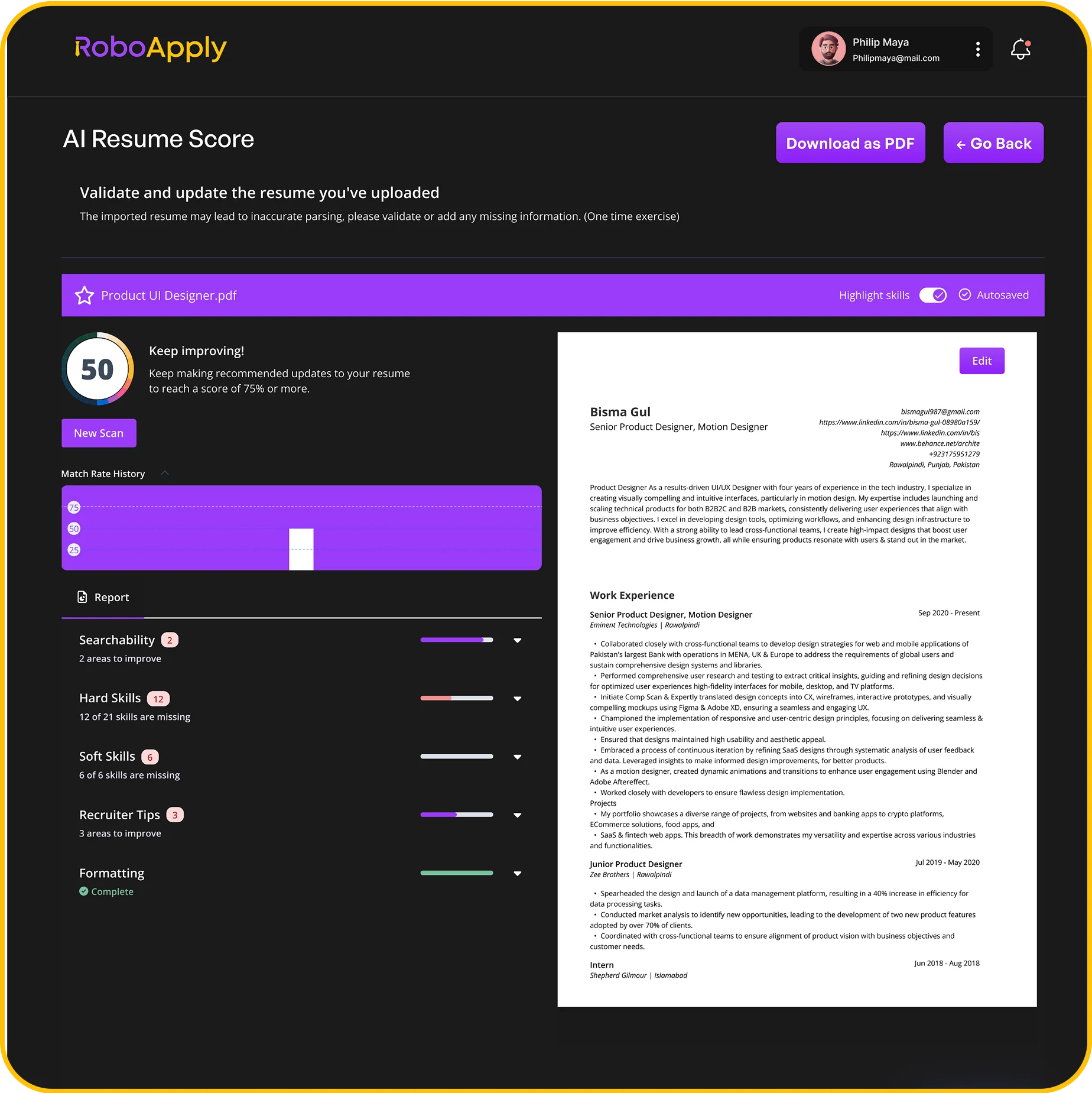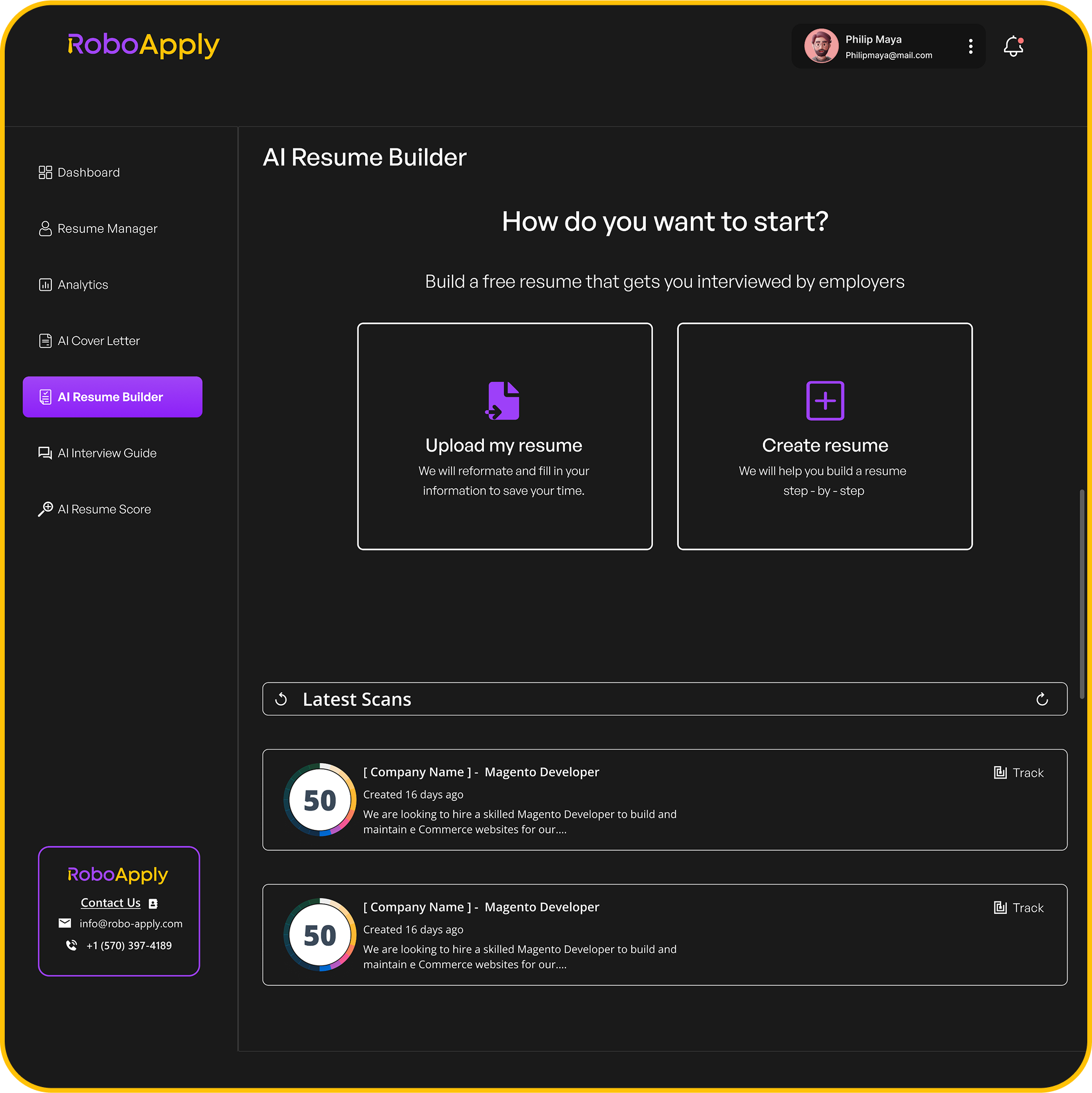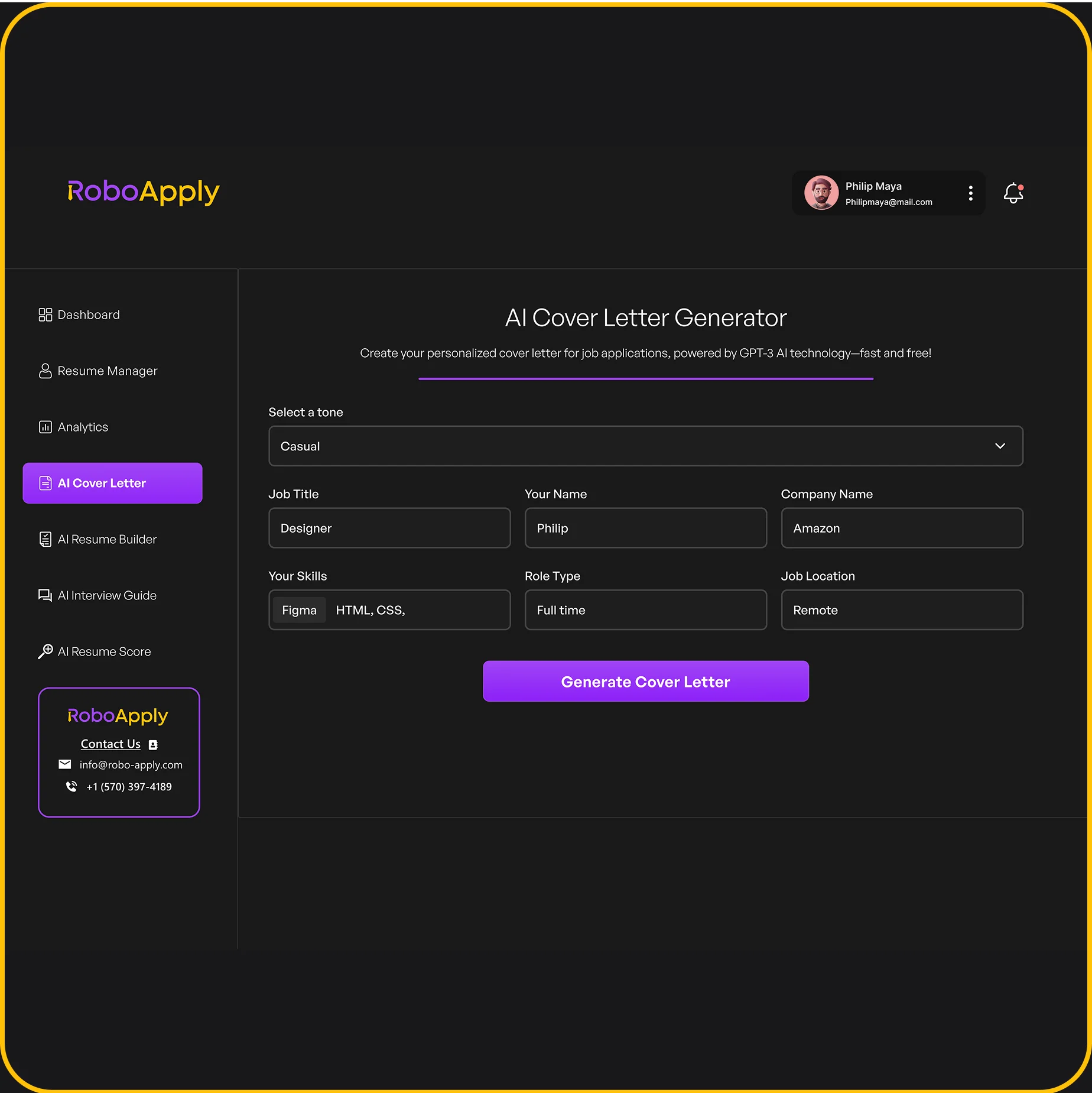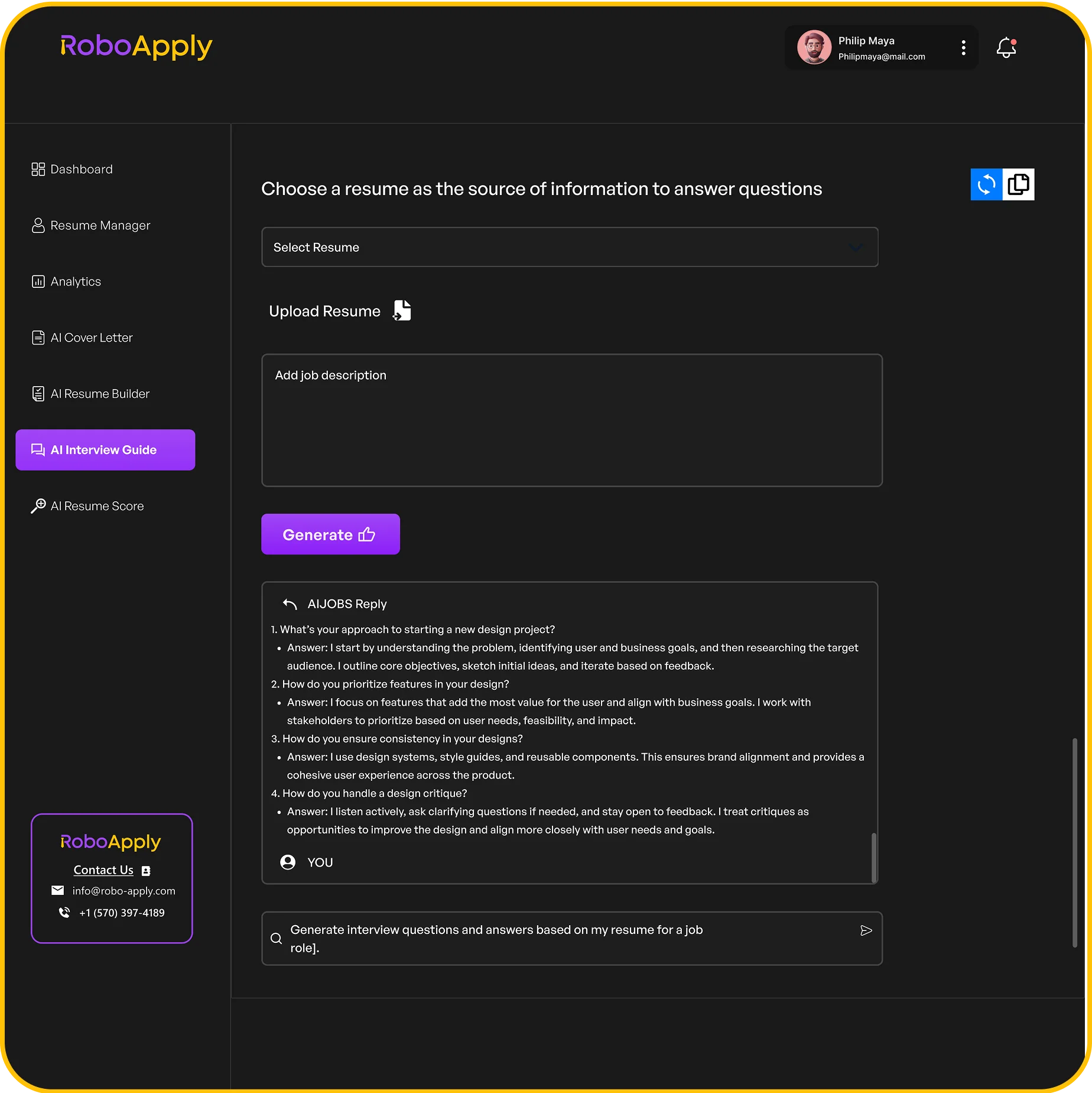Remote jobs are becoming more common every year. In 2025, these jobs let people build careers from the comfort of their own homes, using technology to stay connected.

Understanding the benefits of working a remote work from home job helps people decide if this flexible lifestyle is right for them. This article will share some main reasons why many workers choose remote jobs over traditional office work.
1) Flexible work schedule enhances personal productivity

Working from home allows employees to set schedules that fit their peak energy times. With this flexibility, they can manage tasks when they are most focused and alert.
A flexible schedule often means fewer unnecessary meetings and less time spent commuting. This gives employees more time for deep work and focused projects throughout the day.
Multiple surveys in 2025 show that people with control over their schedule report less stress and higher work satisfaction. They can better balance work and personal responsibilities, like family or hobbies, without feeling rushed or overwhelmed.
Workers also have the freedom to take short breaks, eat healthy meals, or exercise. These habits refresh the mind, leading to stronger performance. With tools like RoboApply’s job tracking dashboard, remote workers can organize tasks, apply for jobs, and follow up with employers on their own timeline, increasing their daily efficiency.
Because remote jobs with flexible hours have become more normal, more people are able to focus on their priorities. As seen in reports from FlexJobs and other sites, many employees say that this new standard is a key reason they get more work done at home compared to the office. Read more on the productivity benefits of remote schedules for remote workers.
2) No daily commute saves time and reduces stress

Remote work means there is no need to travel to and from the office every day. Skipping the commute can easily save workers 55 to 72 minutes per day, according to recent research on remote work statistics and 2025 studies. This extra time lets people start work earlier, finish projects sooner, or relax.
Less commuting also means less stress. No traffic jams, crowded buses, or long waits. Instead, workers can use that time for family, hobbies, or exercise, which is better for their mood and mental well-being.
Many find that not commuting helps them feel less rushed and less tired each day. With more control over their schedules, remote workers can handle job tasks and personal responsibilities better.
Job seekers and professionals using RoboApply can search for fully remote jobs and make the most of commute-free living. This is a practical way to gain more free time and improve work-life balance in 2025. For anyone thinking about switching to remote work, no daily commute is one of the biggest advantages.
3) Improved work-life balance with home environment
Remote work in 2025 makes it easier for employees to manage personal and work tasks. Without commuting, people get back hours each week that they can spend with family or rest. These extra hours can make a big difference for parents, caregivers, and anyone needing more flexibility at home.
Most remote jobs offer flexible schedules, so workers can start and finish their tasks at the best times for them. This means it is easier to take a lunch break with kids, attend appointments, or go for a walk during the day. Studies from sites like FlexJobs show that remote work helps people control their time, which improves mental and physical health.
Having a home office also lets people set up their workspace in a way that fits their needs. Some choose quiet rooms for focused work, while others can enjoy natural light or play music. Fewer workplace distractions mean it is easier to stay productive and leave work behind when the day is done.
When people need help managing their job search or workload, tools like RoboApply can make things easier. RoboApply’s AI resume and cover letter builder saves time, so workers can focus more on daily life and less on paperwork. The job tracking dashboard also helps remote workers manage applications and interviews without extra stress.
Remote work is now a common choice for employers and workers. Better work-life balance is one of the main reasons why so many people choose it today. For more information on how remote jobs support balance, visit this list of remote work benefits.
4) Cost savings on transportation and meals

Remote work lets employees skip the daily commute. This means less money spent on gas, bus passes, parking, or train tickets. Over time, the savings can add up. Some studies show people working from home can save thousands each year on transportation costs. For example, cutting out a 30-minute drive to work can help save both time and fuel.
Working from home also means meals can be made in a personal kitchen. Eating at home is usually more affordable than eating at a restaurant or buying food at a café near the office. Many remote workers notice big savings by preparing lunch or snacks themselves.
The reduced need for meals out and travel can even help keep monthly budgets in check. Reliable tools like RoboApply help people find more remote opportunities, making it easier to enjoy these savings and spend less on work-related expenses.
Less travel and daily outings also often mean fewer impulse purchases, like coffee or snacks on the go. This is another way remote work helps improve a person’s finances over time. For more details about how much workers can save, read about the cost savings of working remotely and how employees save on transportation and meal costs by working from home.
5) Ability to customize workspace for comfort
Remote work lets people set up their workspace exactly how they like it. Instead of adapting to an office desk or a shared space, they can choose the chair, lighting, and equipment that best fits their needs. This helps reduce discomfort and can make working feel less tiring each day.
Adjusting a home office makes it easier to focus. Some use noise-canceling headphones, while others select calming wall colors or add plants. Control over temperature, desk height, and lighting helps people feel more comfortable and productive.
People with health needs or disabilities benefit even more. Custom chairs, supportive keyboards, or extra monitors provide better support than standard office supplies. These changes are easy to make at home, but hard or impossible in shared office spaces.
Taking short stretching breaks or standing while working is simpler from home. Small upgrades like adding a second monitor or an ergonomic mouse are easy, and investment pays off quickly. More examples and tips for customizing a remote workspace can be found at 35 reasons to work from home.
RoboApply recommends workers set up their remote workspace with comfort in mind. For those applying to remote jobs, mentioning a home office setup in a cover letter using RoboApply’s AI builder can show employers they’re ready for remote work. This small detail can give candidates an edge.
6) Higher employee retention due to job satisfaction
Remote work helps companies keep employees for longer by making them happier with their jobs. When people can work from home, they often feel less stressed, have fewer distractions, and can better balance their job with personal needs. This leads to higher job satisfaction and loyalty.
Studies have shown that giving employees the option to work remotely or in a hybrid way can lower quit rates by up to one-third. Higher satisfaction reduces turnover, saving time and money for employers. See more details in research on hybrid work improving retention.
When companies allow remote or hybrid work, they also see less absenteeism. Employees feel trusted and empowered, leading them to stay with their current jobs. Over time, this can make it easier for businesses to keep good workers and reduce hiring costs.
Tools like RoboApply can help job seekers track remote job applications and prepare stronger resumes with an AI builder, making it easier to find roles that fit their needs. Higher job satisfaction from remote opportunities directly supports better employee retention and a more stable workplace.
7) Access to a wider talent pool for employers
Remote work lets companies recruit talent from anywhere, not just their local city or state. This means employers can find skilled workers in different places, unlocking a much larger group of potential hires. Companies are no longer limited by geography or face-to-face interviews.
Because of this broader reach, employers can tap into a more diverse group of candidates. This can boost creativity, bring in new perspectives, and help a business grow. It also makes it easier to find people with specific skills or experiences that might be rare in one location.
Studies show more businesses in 2025 are taking advantage of remote work to access a wider talent pool. Being able to hire from anywhere can also lead to faster hiring since employers do not have to wait for the right local applicant.
RoboApply helps businesses filter, score, and connect with applicants from many locations. With features like the job tracking dashboard, AI resume builder, and automated outreach tools, employers can easily manage applications and track top candidates no matter where they are. This gives employers a major advantage in today’s job market.
Frequently Asked Questions

In 2025, remote jobs have led to practical changes for both workers and businesses. Flexible technology, health gains, and shifts in where people live have all played strong roles in shaping the remote work landscape.
How has remote work improved employee productivity in 2025?
Remote work allows employees to set schedules that match their peak productivity hours. Many report fewer interruptions compared to traditional offices, which helps them focus and finish tasks faster. Companies using RoboApply have seen workers submit job applications and manage tasks more efficiently, often using tools like resume builders or job dashboards to keep organized and productive.
What cost savings can employers expect from remote work arrangements?
Remote work reduces the need for big office spaces and daily supplies. Employers also save on costs linked to utilities, office furniture, and daily operations. By using digital platforms and features like RoboApply’s ATS resume score optimizer, hiring teams often streamline processes and cut down on recruitment costs.
What are the top three health benefits associated with remote employment?
Remote jobs often lead to lower stress since there is no daily commute and fewer workplace distractions. Employees can eat healthier meals at home and have more time for physical activity. Many also set up ergonomic workstations, boosting comfort and lowering the risk of physical strain, as highlighted on GoCo’s remote benefits list.
How does remote work contribute to a better work-life balance?
Remote work lets people adjust work hours around personal needs like family care or appointments. Without travel time, employees reclaim more time for personal interests or family. Flexible arrangements like these are shown to improve work-life balance and boost job satisfaction.
What technological advancements have facilitated the rise of work from home jobs?
Fast internet, secure cloud storage, and project management apps support easy communication and collaboration. RoboApply’s Chrome auto-apply extension and email CRM allow users to manage job applications and messages without a central office. Video calls and digital document sharing also help teams stay connected in real time.
In what ways has remote work affected urbanization and living patterns?
Remote jobs give people the freedom to live farther from major cities. Many are moving to smaller towns or rural areas because they no longer need to commute. This shift has created new living patterns, with workers choosing locations based on lifestyle preferences rather than job locations, as outlined in remote work and living trends.

